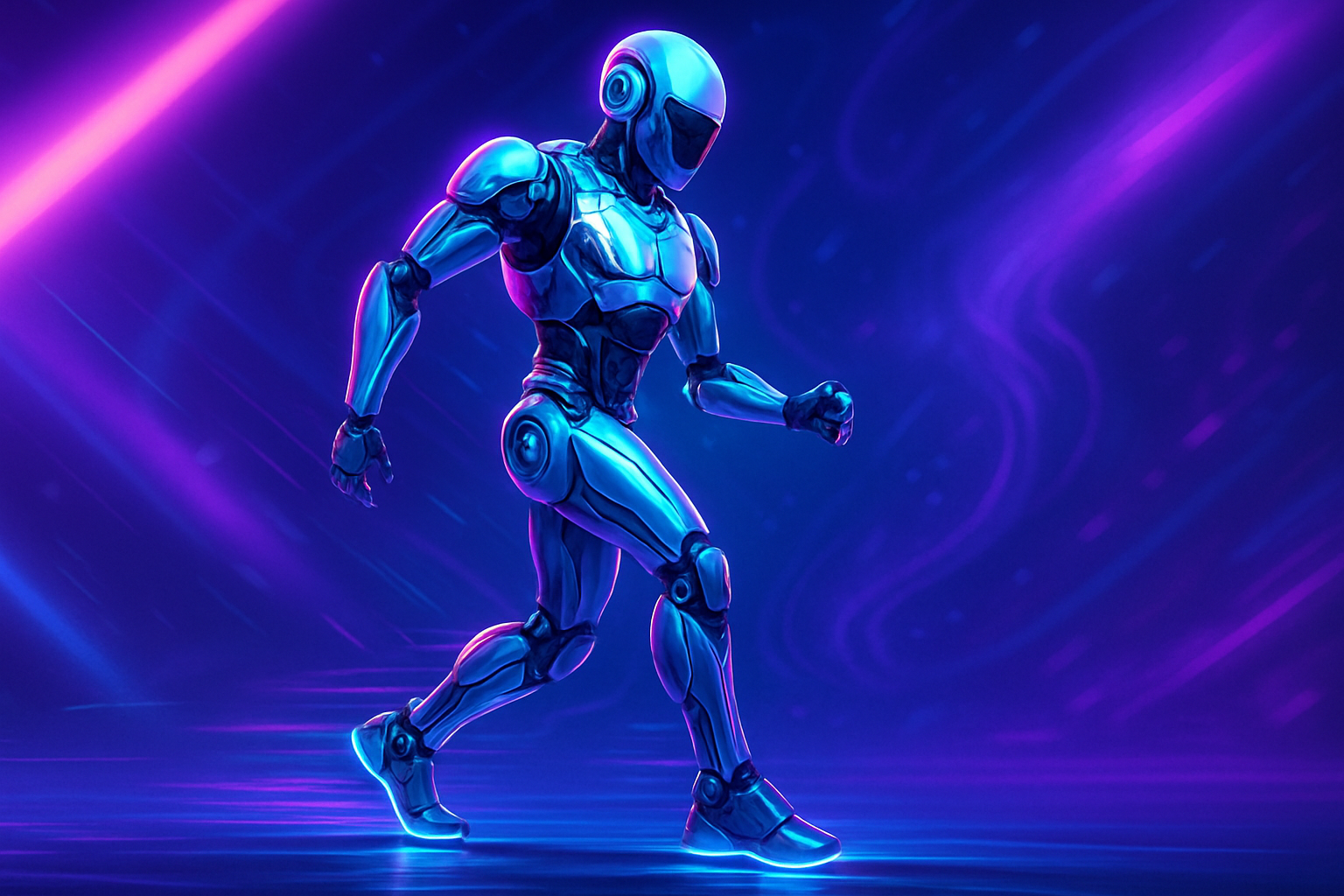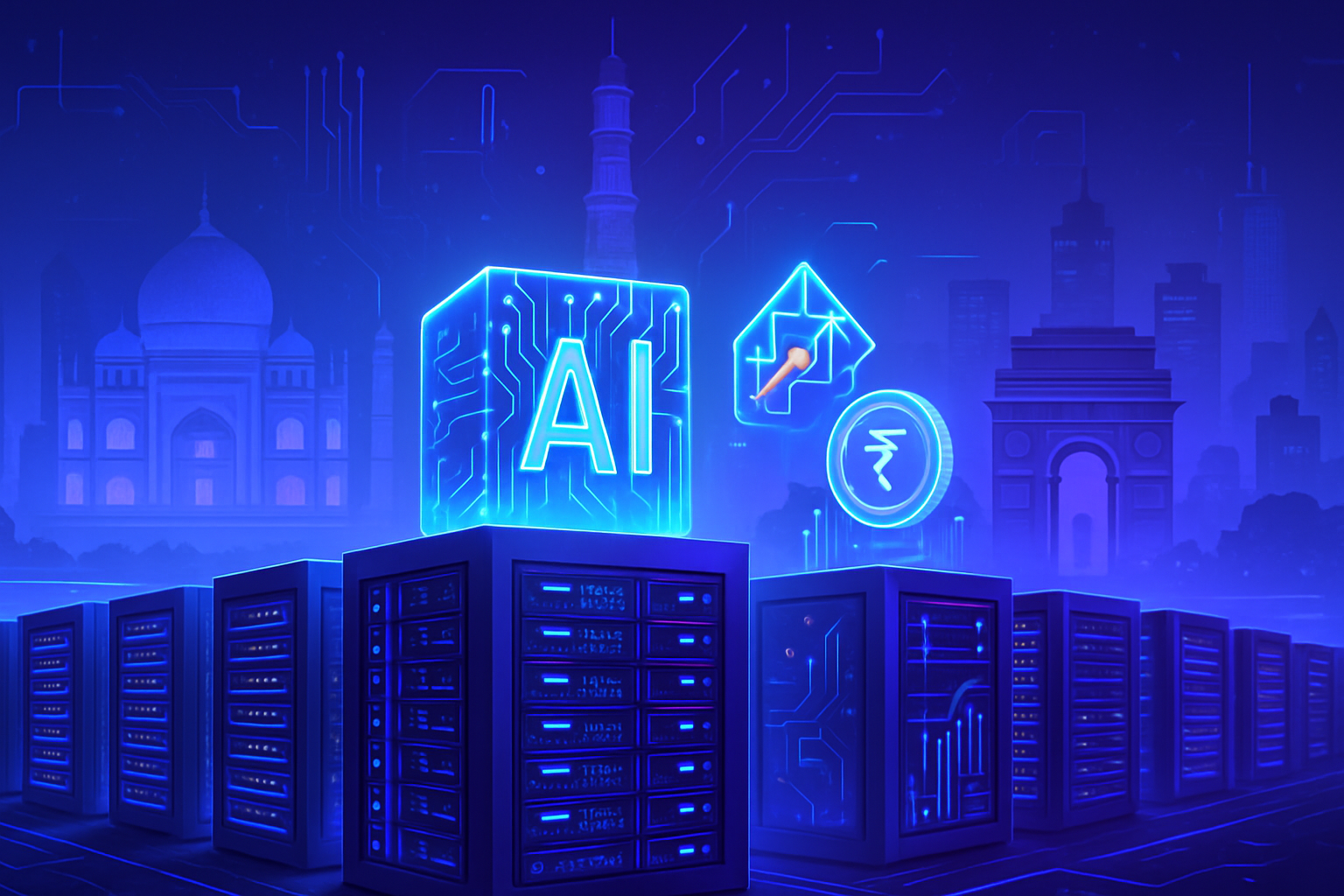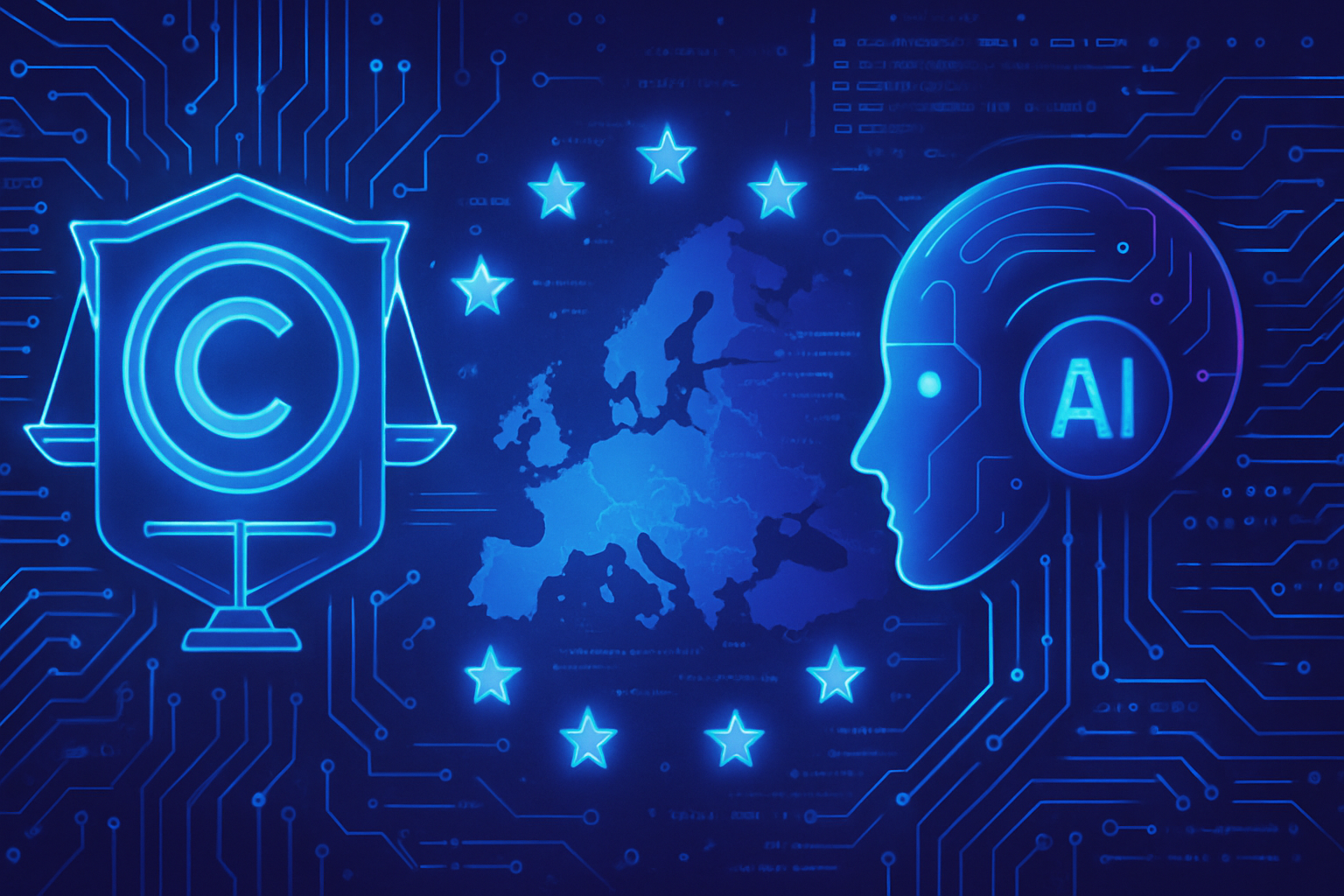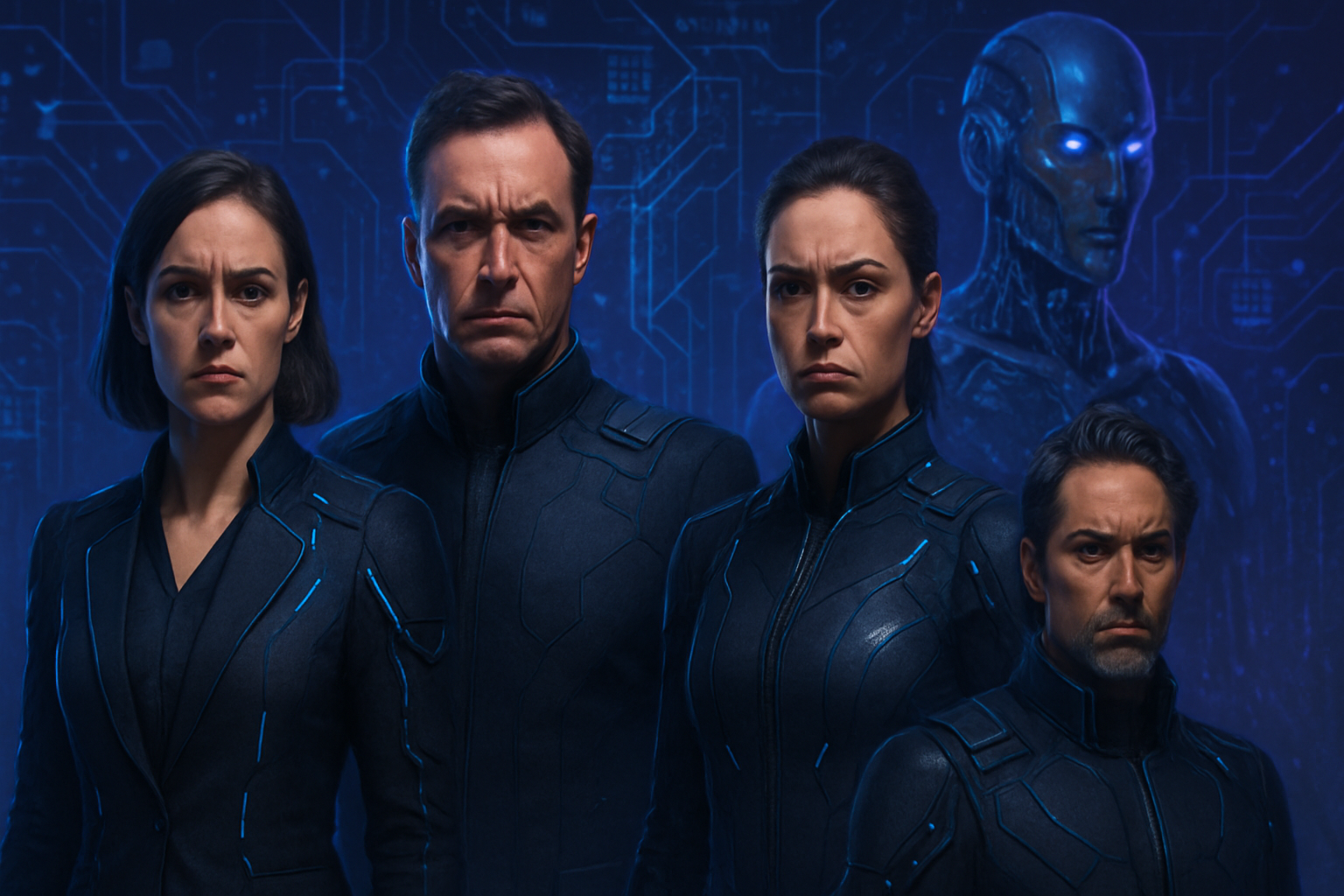A fascinating world emerges with the design of a revolutionary humanoid robot. This captivating model harmonizes *efficient agility* with human-like movement capabilities, even performing the *moonwalk*. Robotics research makes a significant leap forward, merging *advanced technology and autonomy*. From impressive speed to rigorous balance, this technological feat opens unexplored perspectives in industrial and interactive environments. The ingenuity behind its mechanisms offers a forward-looking view of the future of artificial intelligence applied to robotics.
Cutting-edge technology for the service of humanity
The humanoid robot developed by a research team from KAIST represents a remarkable technological achievement. This prototype, known for its unmatched performance, reaches speeds of up to 12 km/h while maintaining exceptional stability. It remains perfectly balanced even with its eyes closed and can navigate difficult terrains without difficulty.
Human-like capabilities imitated with precision
The robot was designed to execute complex movements often associated with humans, such as the duckwalk and the moonwalk. These capabilities attract the attention of industries, as they pave the way for effective use in various industrial environments. This project reflects the ambitions of modern robotics research.
Design suited for human environments
The lower platform of this robot, designed by Professor Park Hae-won, aims to replicate human dimensions. With a height of 165 cm and a weight of 75 kg, its physical characteristics allow for smoother integration into human-centered environments.
Advancements in technological autonomy
A notable aspect of this development lies in the manufacturing of essential components. The research staff designed and manufactured motors, gearboxes, and motor drivers, achieving significant technological autonomy. This operational approach enhances the robots’ ability to evolve without depending on other external technologies.
Advanced artificial intelligence algorithms
The control of this robot relies on a reinforcement learning algorithm developed by the KAIST team. Research has allowed for overcoming the Sim-to-Real Gap, making applications in real environments possible after a phase of simulation training. This progress demonstrates valuable algorithmic independence.
Impressive mobility capabilities
Currently, the humanoid robot can run at a maximum speed of 3.25 m/s (approximately 12 km/h) on flat ground. Tests have shown its ability to climb obstacles over 30 cm, such as curbs or stairs. The team aims to increase this performance to 4.0 m/s and more than 40 cm in the near future.
Multidisciplinary collaborations
The project claims to be a team effort involving several professors from KAIST and other institutions. The collaboration between mechanical and electrical fields enables the creation of a complete robot, integrating an upper body and various intelligent sensors.
Agility feats
In addition to the development of a traditional humanoid, the team also designed a single-legged robot capable of jumping. This robot has demonstrated impressive abilities, such as maintaining balance on one limb and executing 360-degree flips. This research opens new avenues for enhanced human-like agility.
Presentation and recognition in the scientific community
The results of this research will be shared at prestigious conferences, such as Humanoids 2025. JongHun Choe, a doctoral student in mechanical engineering, will present the hardware advancements. The results of the artificial intelligence algorithms will be showcased at CoRL 2025, an internationally renowned event.
Additional references
Related articles on robotic advancements include works of art created by robots here. The performances of robots in half-marathons can be viewed here, and information about humanoid robots that can get back up after a fall can be found here.
Frequently asked questions about the next-generation humanoid robot capable of performing the moonwalk
What is a next-generation humanoid robot?
A next-generation humanoid robot is a robot designed to imitate human movements with enhanced quality and precision. This type of robot is specifically developed to accomplish complex tasks in human environments.
How is this robot able to perform the moonwalk?
The robot uses a combination of advanced motors and artificial intelligence algorithms to master complex movements, such as the moonwalk, by learning to adjust its balance and coordination while executing this iconic dance move.
What is the maximum speed achieved by this humanoid robot?
The robot can reach a maximum speed of 12 km/h on flat ground, allowing it to move quickly while maintaining good balance, even in difficult conditions.
What types of complex movements can this robot perform in addition to the moonwalk?
In addition to the moonwalk, the robot can perform movements such as the duckwalk and other specific human gestures, demonstrating its ability to move fluidly and naturally.
What is the impact of the reinforcement learning algorithm on the robot’s performance?
The reinforcement learning algorithm allows the robot to improve its performance by overcoming the Sim-to-Real Gap, meaning it can perform complex movements in the real world after training in a virtual environment.
Can this robot be used in industrial environments?
Yes, this humanoid robot is designed to be used in industrial environments, where it can perform tasks such as transporting heavy objects and manipulating mechanisms while walking.
Is the robot capable of climbing ladders or stairs?
Currently, the robot can climb obstacles over 30 cm, and research aims to improve its ability to climb ladders and overcome higher steps.
What are the key features that distinguish this robot from other humanoid robots?
This robot is distinguished by its innovative design, which includes internally manufactured components to ensure optimal performance, as well as artificial intelligence capable of learning and adapting to new challenges.
How does the robot maintain its balance while performing complex movements?
The robot uses advanced sensors and real-time control algorithms to adjust its center of gravity and maintain balance, even during dynamic movements like the moonwalk.
When and where will the results of this research on the robot be presented?
The research results will be presented at the international conference Humanoids 2025, scheduled for October 1st, where developments in hardware and artificial intelligence will be highlighted.






